Getting started in “serious” photography is exciting. A lot of people begin their interest in photography as point-and-shooters; they pull out their pocket camera or smartphone at every birthday, graduation, wedding, trip to the beach, or family vacation. But then something happens — they begin to feel a bit of creative constraint imposed by their camera; perhaps they aren’t getting the desire subject-background separation; maybe their low light shots are bordering on useless. What they know for sure is that they want a better camera, something that can quench their growing discontent.
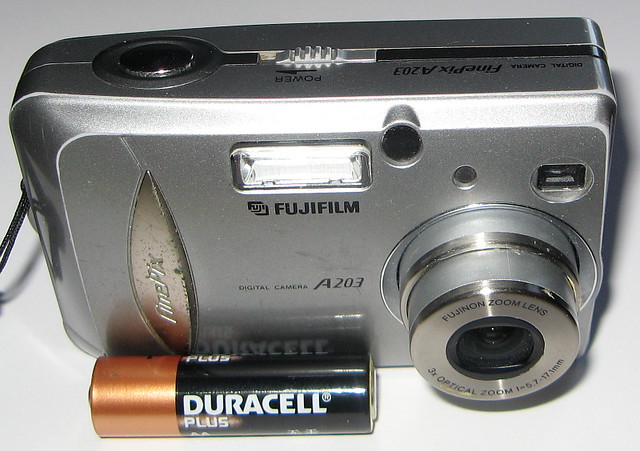
So they invest a reasonable — or sometimes unreasonable — amount of money into a more “professional” camera. They take off to an exotic, picturesque location and diligently snap away — seascapes, landscapes, waterfalls, all the stuff that would make a great postcard. And then it happens: they review all their images and end up wallowing in disappointment. Subjects are poorly lit and poorly composed, colors are washed out, and the person behind the camera comes to the crushing conclusion that they just don’t have what it takes to be, at the very least, a decent photographer.
Having the means to obtain nice photography gear doesn’t magically translate into an ability to use it competently but, at the same time, taking your photography to the next level is about more than knowing how to get white balance right every time. The following tips are simple, succinct, and relevant to any photographer looking for practical, consistently applicable ways to grow in their craft.
Know Your Equipment
No doubt you’ve heard this time and time again, but its importance shouldn’t be underestimated. It seems that one of the greatest impediments to growing as a photographer is impatience; getting good doesn’t happen a month after you buy a new camera. You have to spend time with your camera, learn what it does and how it does and to control it. Yes, read the manual; but actually using the camera, practicing, is far more valuable. You will find that there are numerous ways to customize your camera to make it more suitable to how you shoot. You will also discover all the accessories (filters, remote release, external flash) that will work best with your camera to maximize the shooting experience. Establishing an intimate working relationship with your camera takes time; don’t rush it and don’t get distracted with trying to keep up with the ever evolving camera market. You’ll know when you’re ready to head back to that picturesque destination, and the outcome will likely be dramatically different the second time around.
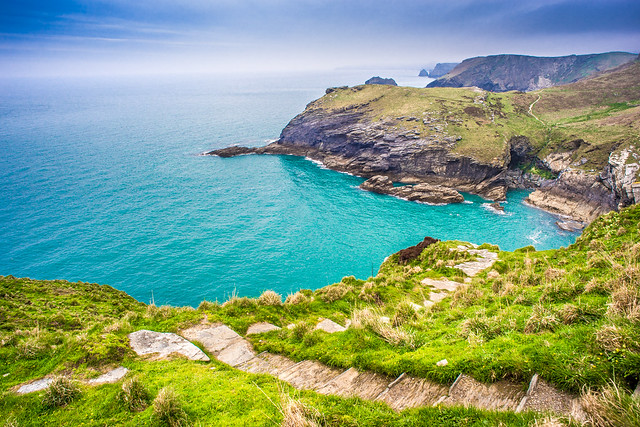
Research and Plan
It’s terribly easy to develop tunnel vision around the technical aspects of photography. Being proficient with exposure settings is necessary, but is hardly the only factor that contributes to a successful photo session. Whether you intend to photograph landscapes or people or birds, it is to your advantage to do some research and plan ahead. You need to know at least some basic information about your subject and the location/environment in which you will be shooting. So if you want to go whale watching along the Osa Peninsula, it’s helpful to know that a trip during Costa Rica’s green/rainy season will prove most fruitful. Didn’t your mother tell you that if you fail to plan you plan to fail?
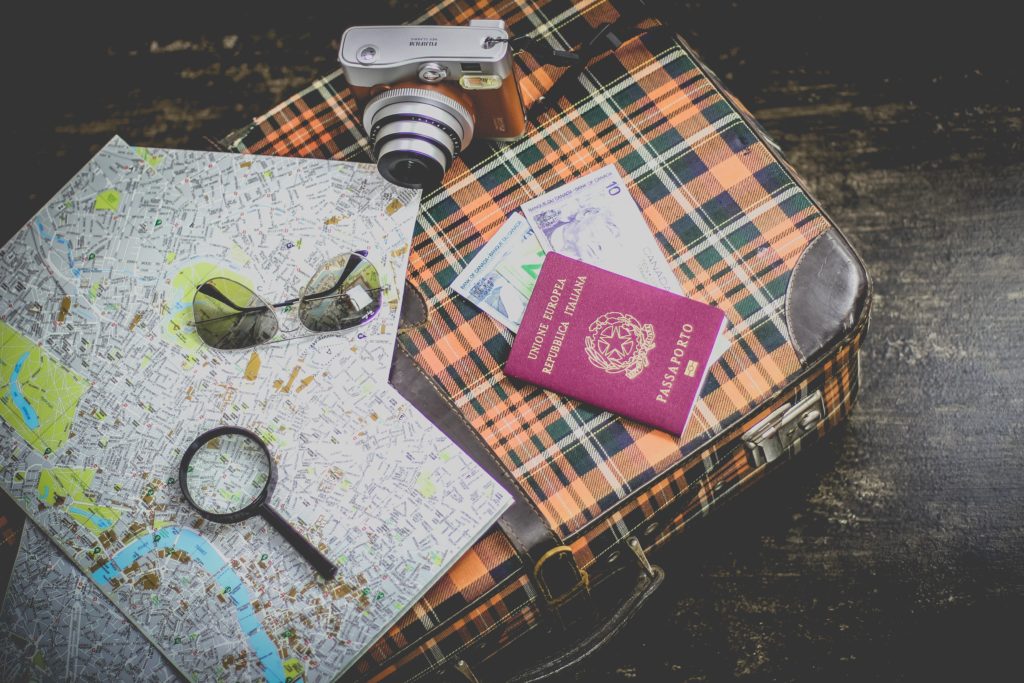
Trust Your Own Vision and Creativity
Again, this is something that doesn’t occur spontaneously; you have to develop your photographic vision and creativity and this is done, in part, by making mistakes. The ultimate goal, of course, is to learn from those mistakes and then correct them in such a way that reveals your originality. The camera doesn’t have to have the final say over things like exposure; once you know your equipment well enough, you will be able to easily use your camera as a vehicle for sharing your creativity with others.
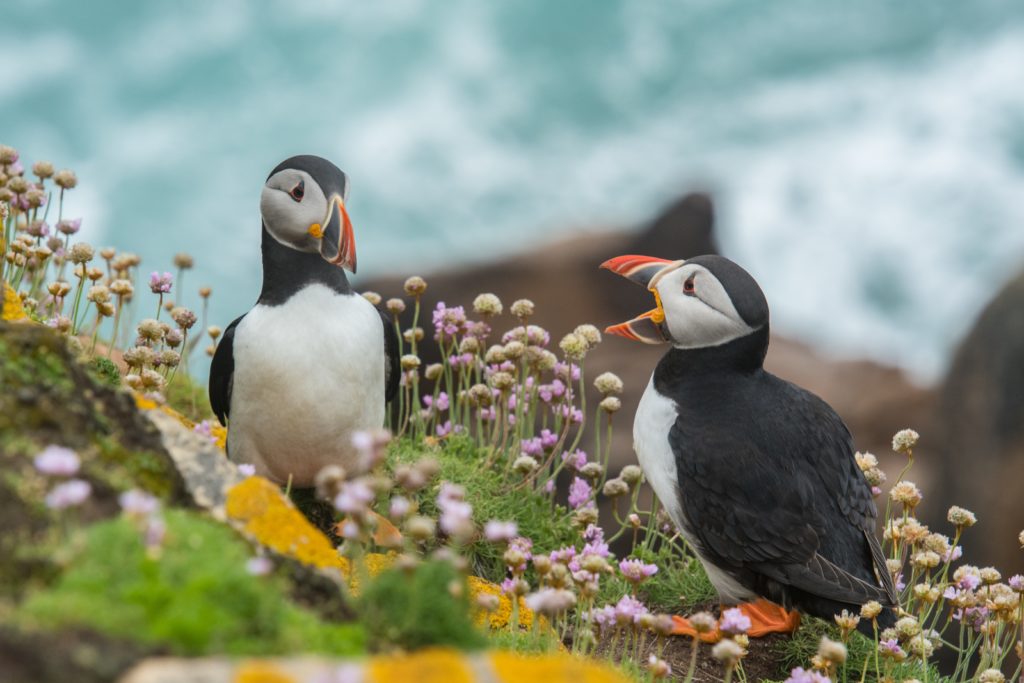
Understand Your Post Processing Needs
What you do in post is predominately a matter of personal taste. If you’re doing HDR work or you need to stitch together panoramas, you may regularly use a different set than someone who does mostly macro or portrait photography. Regardless of the particulars, you want to get to a point where you can take a look at your raw images and immediately know which sliders to use and how much to use them in order to create the look you desire. This will prove to be a monumental time saver, which means you can get back to shooting sooner.
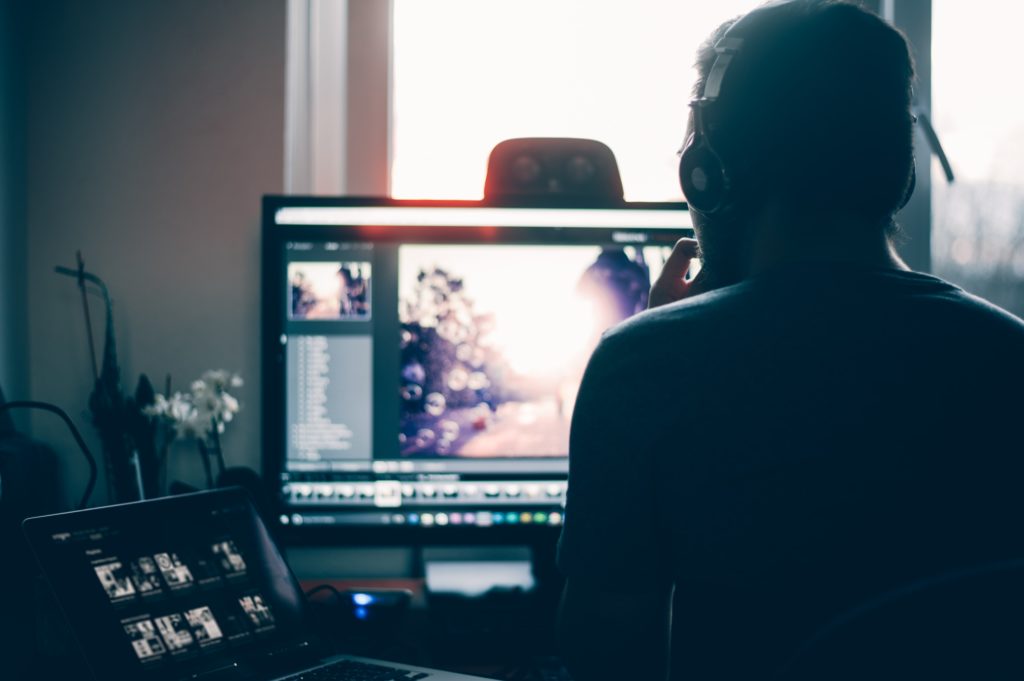
There is no instant gratification here; effortlessly incorporating the above tips into your photography workflow will take some time, but they will serve you well over the course of a lifetime.





3 Comments
Hi Jason, great and well worded ideas that touch a broad approach rather than specifics. I am sure we could all and one but something I read some time ago from one of the better photographers like yourself. When doing landscapes (like I do) revisiting an area multiple times will help find better photos coming out of your camera. Many times we are in an area but either the weather, time of day or even time of the year is not optimal. I took this message to heart and now when I go to Red Rock (an area very close to my home) I can get much better pics because of my experience with the spot. I can just see from my house if the area has thunderstorms or rain clouds which tend to make my pics more dramatic. I have plenty with bright sunny days! LOL.
Thanks for posting.
Thanks, John. Yes, familiarity can make all the difference!
Solid advice here. As a beginner to photography I am always looking out for helpful tips like these. Thank you.
I recently bought the three volume set ‘Photography in the Digital Age’ by Hugh Lawton.
These books have quickly proven to be a fantastic investment for me. I strongly recommend these to anyone who is studying photography or to the serious amateur photographer. The author shares so much wonderful advice from his vast experience of shooting nature and the books are really well written with an easy to follow layout. An invaluable book series.
http://www.manzanita-ent.com